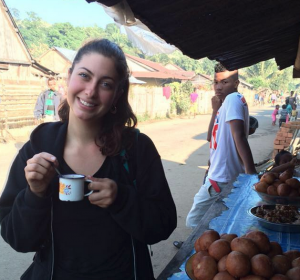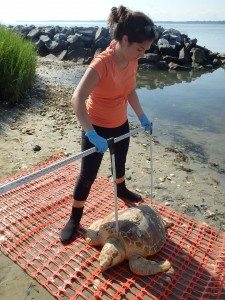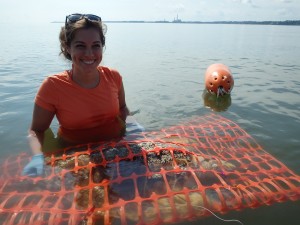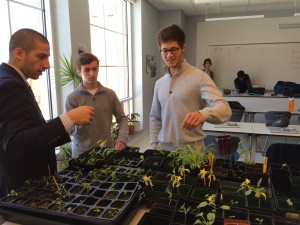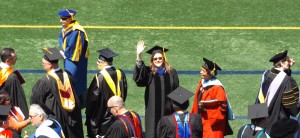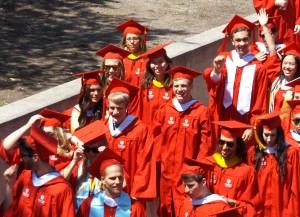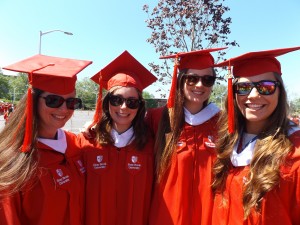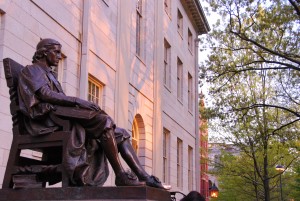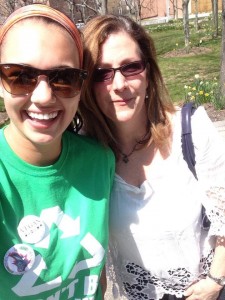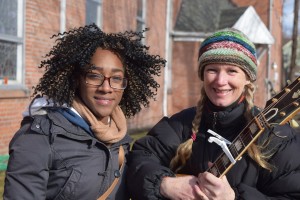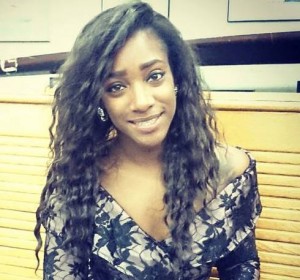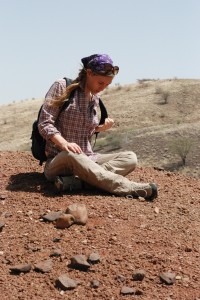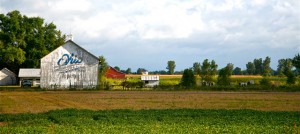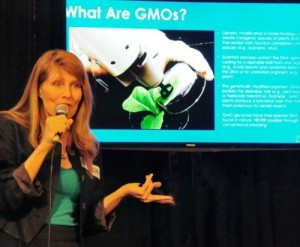I entered into Stony Brook Southampton in 2009, my second year at Stony Brook University – as what the school called a “Trailblazer.” That term always stuck with me, what really made me a trailblazer? This term followed me through my academic career as I tried to figure out what my path would be – and how I would live up to this title.
After graduation, I decided to study abroad in Madagascar with Dr. Patricia Wright of the Department of Anthropology at Stony Brook University. During this program I learned about pressing conservation issues and the strategies of solving them, but I also fell head-over-heels in love with Madagascar. Since that trip I dedicated myself to working there, I knew I had to work there – and after two years of life’s twists and turns, I went back. In the meantime I studied traditional herbal medicine, and took a chance on starting a small homemade cosmetic company- but I still constantly thought about Madagascar.
In Madagascar, 90% of the original forest has been torn down, and 90% of the flora and fauna are endemic. So conservation efforts are absolutely necessary. Madagascar is a wonderland, a true Jurassic Park; and as the story goes once you visit, you will inevitably come back.
Last year, I decided to come volunteer and live in southeast Madagascar for six months to better understand conservation issues and culture. Sometimes, you just have to bite the bullet and take the leap, right? Well, this trip changed my entire perspective on everything – it was truly life-changing. But what I learned was that environmental and conservation issues need to be solved in multiple ways – we need to be innovative in solving these problems. So, I am starting a business here in Madagascar (no, I am not crazy).

Patricia Wright and I are having a meeting with the Association of Traditional Healers in Ranomafana, Madagascar. We are helping them set up a business for selling essential oils – all of which will be used in Ny’Ala Skincare.
Ny’Ala Skincare will be a line of products utilizing the exotic plants of Madagascar for their immense healing properties. Ny’Ala will work with Malagasy only, from the small farmers to local artisans to bring you the entire experience of Madagascar. When buying our products you are combating poverty, giving back to conservation efforts such as reforestation projects in Ranomafana, Madagascar, providing job stability, preventing rainforest destruction and empowering local artisans to keep their traditional crafts alive – all while treating yourself.
My plan for my company is to expand this model of using business as a driving force for real change – the more businesses adhere to models like this – the more real change we will see with pressing global issues such as poverty, hunger and environmental degradation. This is the idea of “Trade Not Aid,” which is providing commerce and trading abilities rather than temporary aid. Social enterprises are now everywhere, and it is so amazing to see capitalism turning into a vector for change. That is being a “Trailblazer” to me – being innovative, and just going for it.
Check Ny’Ala out online at www.Ny-Ala.com and on Instagram @NyAlaSkincare
By Dana Cutolo
Environmental Studies Major
Study Abroad Program in Madagascar
Stony Brook University ’12



